Home>Furniture & Design>Interior Design Trends>What Is Smart Glass


Interior Design Trends
What Is Smart Glass
Modified: February 3, 2024
Discover the latest interior design trend with smart glass technology. Enhance your space with innovative and functional smart glass solutions. Explore the possibilities today!
(Many of the links in this article redirect to a specific reviewed product. Your purchase of these products through affiliate links helps to generate commission for Storables.com, at no extra cost. Learn more)
Introduction
Smart glass, also known as switchable glass or privacy glass, is a revolutionary technology that has transformed the way we perceive and utilize glass in modern architecture and interior design. This innovative material has the remarkable ability to alter its transparency, allowing it to switch from opaque to transparent at the flick of a switch, in response to environmental conditions, or through automated control systems.
Smart glass represents a groundbreaking advancement in the realm of architectural materials, offering unparalleled versatility and functionality. Its transformative properties have paved the way for a myriad of applications across various industries, from commercial and residential buildings to automotive and aerospace sectors.
The integration of smart glass into architectural designs has redefined the concept of spatial dynamics, enabling the creation of dynamic, interactive environments that seamlessly adapt to the changing needs and preferences of occupants. This transformative technology has not only elevated the aesthetic appeal of interior spaces but has also revolutionized the way natural light is harnessed and privacy is managed within built environments.
As the demand for sustainable and energy-efficient building solutions continues to rise, smart glass has emerged as a frontrunner in the quest for eco-friendly architectural materials. By harnessing the power of smart glass, architects and designers can optimize natural light utilization, reduce reliance on artificial lighting, and mitigate solar heat gain, thereby contributing to energy conservation and environmental sustainability.
The allure of smart glass lies in its ability to harmonize form and function, offering a seamless blend of aesthetic elegance and practical utility. Its transformative nature transcends traditional design boundaries, opening up a realm of possibilities for creating dynamic, interactive, and environmentally conscious spaces that cater to the evolving needs of modern society.
In the subsequent sections, we will delve deeper into the intricacies of smart glass technology, exploring its mechanisms, diverse applications, advantages, and future prospects. Join us on this enlightening journey as we unravel the captivating world of smart glass and its profound impact on the future of architecture and interior design.
Key Takeaways:
- Smart glass is a revolutionary material that can change from opaque to transparent, offering dynamic control over privacy and light. It’s like having a magic window that adapts to your needs!
- Smart glass has diverse applications, from creating sustainable buildings to enhancing automotive glazing. It’s like a futuristic technology that can transform the way we experience architecture and design.
Read more: How Does Smart Glass Work
How Does Smart Glass Work?
Smart glass operates on the principle of controllable light transmission, offering a dynamic solution for managing privacy, light, and heat within architectural and interior spaces. This innovative technology leverages various mechanisms to achieve its transformative properties, allowing it to seamlessly transition between opaque and transparent states.
One of the most prevalent methods employed in smart glass technology is the use of electrochromic materials. These materials undergo reversible changes in their optical properties in response to an applied voltage. When an electrical current is introduced, the electrochromic layer within the glass alters its molecular structure, causing a shift in light transmission and opacity. This process enables the glass to transition from a translucent or opaque state to a transparent one, offering instant adaptability to changing environmental conditions or user preferences.
Another prevalent approach involves the utilization of suspended particle devices (SPD) or polymer-dispersed liquid crystal (PDLC) technology. In SPD-based smart glass, microscopic particles suspended within the glass align or disperse in response to an electric charge, thereby modulating the passage of light and altering the glass's transparency. Similarly, PDLC technology incorporates a film containing liquid crystal droplets that reorient under the influence of an electric field, enabling the glass to switch between opaque and transparent states.
Furthermore, thermochromic smart glass harnesses the responsive nature of thermochromic materials, which undergo reversible color changes in reaction to temperature variations. By integrating thermochromic elements into the glass, it becomes capable of adjusting its transparency based on temperature fluctuations, offering a passive yet effective means of light and heat management.
In addition to these methods, some smart glass variants utilize photochromic technology, where the glass's optical properties transform upon exposure to specific wavelengths of light, such as ultraviolet radiation. This mechanism enables the glass to autonomously adapt to varying light conditions, ensuring optimal comfort and visual clarity for occupants.
By harnessing these diverse technologies, smart glass empowers architects, designers, and building occupants to dynamically control light transmission, enhance privacy, and optimize energy efficiency within interior and exterior environments. This seamless integration of advanced materials and responsive mechanisms underscores the transformative capabilities of smart glass, heralding a new era of architectural innovation and sustainable design practices.
Types of Smart Glass
Smart glass technology encompasses a diverse array of variants, each offering unique functionalities and applications tailored to specific design requirements and environmental contexts. The evolution of smart glass has given rise to an assortment of innovative types, each characterized by distinct mechanisms and performance attributes. Understanding the various types of smart glass is essential for architects, designers, and industry professionals seeking to harness the full potential of this transformative material. Let's explore some of the prominent types of smart glass:
-
Electrochromic Smart Glass: This type of smart glass incorporates electrochromic materials that undergo reversible changes in light transmission in response to an applied voltage. By leveraging electrochromic technology, this glass can seamlessly transition between opaque and transparent states, offering dynamic control over privacy and light transmission.
-
Suspended Particle Device (SPD) Smart Glass: SPD-based smart glass features microscopic particles suspended within the glass that align or disperse under the influence of an electric charge. This mechanism enables the glass to modulate light transmission, allowing it to swiftly adjust its transparency based on user preferences or environmental conditions.
-
Polymer-Dispersed Liquid Crystal (PDLC) Smart Glass: PDLC technology integrates a film containing liquid crystal droplets that reorient in response to an electric field. This dynamic reorientation of the liquid crystal droplets enables the glass to transition between opaque and transparent states, providing a versatile solution for privacy and light management.
-
Thermochromic Smart Glass: Smart glass incorporating thermochromic materials undergo reversible color changes in reaction to temperature fluctuations. This type of smart glass offers passive yet effective light and heat management, responding to environmental cues to optimize comfort and energy efficiency.
-
Photochromic Smart Glass: Photochromic technology enables the glass to autonomously adapt to varying light conditions, such as exposure to ultraviolet radiation. By leveraging photochromic properties, this smart glass type ensures seamless adjustments in light transmission, enhancing visual comfort and clarity for occupants.
By embracing these diverse types of smart glass, architects and designers can unlock a spectrum of design possibilities, from dynamic privacy solutions to energy-efficient building envelopes. The versatility and adaptability of these smart glass variants underscore their pivotal role in shaping the future of architectural and interior design, offering a seamless fusion of innovation, functionality, and aesthetic appeal.
Applications of Smart Glass
Smart glass technology has transcended traditional architectural boundaries, paving the way for a myriad of innovative applications across diverse industries. The transformative properties of smart glass have sparked a revolution in architectural design, interior spaces, automotive engineering, and beyond. Let's explore the multifaceted applications of smart glass that are reshaping the landscape of modern design and technology.
Architectural Envelopes:
Smart glass has emerged as a game-changing solution for architectural envelopes, offering dynamic control over natural light, privacy, and energy efficiency. From commercial skyscrapers to residential developments, smart glass facades and windows enable seamless transitions between transparent and opaque states, optimizing daylight utilization and reducing reliance on artificial lighting. This technology empowers architects to create visually striking, sustainable buildings that adapt to environmental conditions and user preferences.
Read more: What Are Smart Mirrors
Interior Partitions and Doors:
In interior design, smart glass finds applications in partitions, doors, and room dividers, where it serves as a versatile tool for spatial flexibility and privacy management. By integrating smart glass panels into office spaces, hospitality venues, and residential interiors, designers can foster open, collaborative environments while ensuring on-demand privacy and visual separation. The ability to instantly switch between transparent and opaque states adds a dynamic dimension to interior layouts, enhancing functionality and aesthetic appeal.
Automotive Glazing:
The automotive industry has embraced smart glass for its potential to revolutionize vehicle glazing systems. Smart glass sunroofs, windows, and windshields offer adjustable tinting and glare reduction, enhancing driving comfort and safety. Additionally, smart glass technology enables the integration of augmented reality displays and interactive functionalities within automotive glazing, paving the way for futuristic in-vehicle experiences and advanced driver-assistance systems.
Retail and Hospitality Displays:
Smart glass has found its way into retail and hospitality environments, where it serves as a captivating display solution with interactive capabilities. From storefronts to hotel lobbies, smart glass displays and partitions offer a dynamic platform for showcasing products, creating immersive brand experiences, and transforming spatial configurations. The seamless transition between transparent and opaque states adds a touch of sophistication to retail and hospitality settings, captivating customers and guests with its futuristic allure.
Healthcare and Privacy Solutions:
In healthcare facilities, smart glass contributes to patient comfort and privacy management. Smart glass partitions in hospital rooms and clinics offer adjustable transparency, balancing the need for privacy with the requirement for visibility and natural light. This technology enhances the patient experience while facilitating efficient space utilization and infection control measures, underscoring its invaluable role in healthcare design and functionality.
Read more: What Is A Smart Toothbrush
Art Installations and Interactive Environments:
Artists and designers have embraced smart glass as a medium for creating immersive installations and interactive environments. The dynamic nature of smart glass, with its ability to transform transparency in response to stimuli, has inspired a new wave of artistic expressions and sensory experiences. From interactive art installations to futuristic event spaces, smart glass serves as a captivating canvas for creativity, blurring the boundaries between art, technology, and spatial design.
The diverse applications of smart glass underscore its profound impact on the realms of architecture, design, and technology, offering a glimpse into a future where built environments seamlessly adapt to the needs and experiences of occupants. As smart glass continues to evolve and permeate various industries, its potential to redefine spatial dynamics, energy efficiency, and user experiences remains a driving force in the pursuit of innovative, sustainable design solutions.
Advantages and Disadvantages of Smart Glass
Smart glass technology offers a host of compelling advantages that have positioned it as a transformative material in modern architecture and interior design. At the same time, it presents certain considerations and limitations that warrant careful evaluation in various applications. Let's delve into the nuanced landscape of advantages and disadvantages associated with smart glass:
Advantages:
-
Dynamic Privacy Control: Smart glass empowers users to dynamically adjust transparency, offering on-demand privacy without compromising natural light ingress. This feature is particularly valuable in commercial, residential, and healthcare settings, where privacy needs may vary throughout the day.
-
Energy Efficiency: By modulating light transmission and solar heat gain, smart glass contributes to energy conservation and sustainable building practices. It reduces reliance on artificial lighting and HVAC systems, leading to potential energy savings and environmental benefits.
-
Aesthetic Versatility: The seamless transition between opaque and transparent states adds a dynamic dimension to architectural and interior designs. Smart glass serves as a captivating design element, enhancing spatial aesthetics and fostering interactive environments.
-
User Comfort and Well-being: Optimized daylight utilization and glare reduction contribute to occupant comfort and visual well-being. Smart glass facilitates a connection to the outdoor environment while mitigating the impact of harsh sunlight and glare.
-
Space Optimization: In interior design, smart glass enables flexible space utilization by offering adaptable room configurations and visual separations. It fosters open, collaborative environments while catering to the need for privacy and spatial delineation.
Disadvantages:
-
Cost Considerations: The initial investment in smart glass technology may be higher compared to traditional glazing solutions. This cost factor necessitates a thorough cost-benefit analysis to justify its implementation in projects.
-
Maintenance and Durability: Certain types of smart glass may require specialized maintenance to preserve their functionality and appearance. Additionally, the long-term durability and performance of smart glass variants need to be carefully assessed in different environmental conditions.
-
Technological Complexity: The integration of smart glass systems entails technological complexities, including electrical components and control systems. This complexity may require specialized expertise for installation, operation, and maintenance.
-
Transition Speed and Uniformity: Some smart glass technologies may exhibit variations in transition speed and uniformity across large surfaces. Achieving consistent performance and visual clarity in extensive installations requires meticulous engineering and calibration.
-
Environmental Impact: While smart glass contributes to energy efficiency, the environmental impact of its production, including the use of rare earth elements and manufacturing processes, warrants consideration in the context of sustainable design practices.
By weighing these advantages and disadvantages, stakeholders can make informed decisions regarding the integration of smart glass in architectural and interior projects. While the benefits of smart glass are compelling, careful evaluation of its limitations is essential to ensure its seamless integration and long-term performance in diverse built environments.
Read more: What Is A Smart Lock
Future of Smart Glass Technology
The future of smart glass technology holds immense promise, poised to usher in a new era of innovation, sustainability, and experiential design. As advancements in materials science, nanotechnology, and responsive systems continue to unfold, smart glass is set to undergo transformative developments that will redefine its capabilities and applications across diverse industries.
One of the key trajectories shaping the future of smart glass technology is the integration of smart surfaces and adaptive environments. Beyond traditional glass panels, smart surfaces encompass a spectrum of materials and substrates capable of dynamic responsiveness, including polymers, textiles, and composite materials. This expansion of smart surface technologies paves the way for seamless integration into furniture, building elements, and interactive displays, fostering immersive and interactive environments that adapt to user preferences and environmental stimuli.
Furthermore, the convergence of smart glass with Internet of Things (IoT) platforms and data-driven systems is poised to revolutionize building automation and user experiences. Smart glass equipped with embedded sensors, connectivity features, and AI-driven control interfaces will enable real-time monitoring of environmental conditions, user interactions, and energy performance. This synergy between smart glass and IoT ecosystems will empower buildings to autonomously optimize lighting, privacy, and thermal comfort, leading to enhanced energy efficiency and occupant well-being.
In the realm of sustainable design, the future of smart glass technology holds the potential for enhanced energy harvesting and environmental responsiveness. Advancements in photovoltaic-integrated smart glass will enable buildings to harness solar energy while providing shading and visual comfort. Additionally, the development of self-healing and self-cleaning smart glass surfaces will reduce maintenance requirements and enhance longevity, contributing to sustainable building practices and lifecycle performance.
The evolution of smart glass technology also extends to the realm of augmented reality and interactive displays, where transparent and interactive smart surfaces will serve as canvases for immersive digital experiences. From retail environments to public installations, smart glass will facilitate seamless integration of digital content, interactive projections, and augmented reality overlays, blurring the boundaries between physical and digital realms.
As smart glass technology continues to evolve, the convergence of material science, digital innovation, and sustainable design principles will shape its trajectory, unlocking new frontiers in architectural expression, user experiences, and environmental performance. The future of smart glass holds the promise of redefining spatial dynamics, energy efficiency, and interactive design, paving the way for a future where built environments seamlessly adapt to the needs and experiences of occupants.
Frequently Asked Questions about What Is Smart Glass
Was this page helpful?
At Storables.com, we guarantee accurate and reliable information. Our content, validated by Expert Board Contributors, is crafted following stringent Editorial Policies. We're committed to providing you with well-researched, expert-backed insights for all your informational needs.
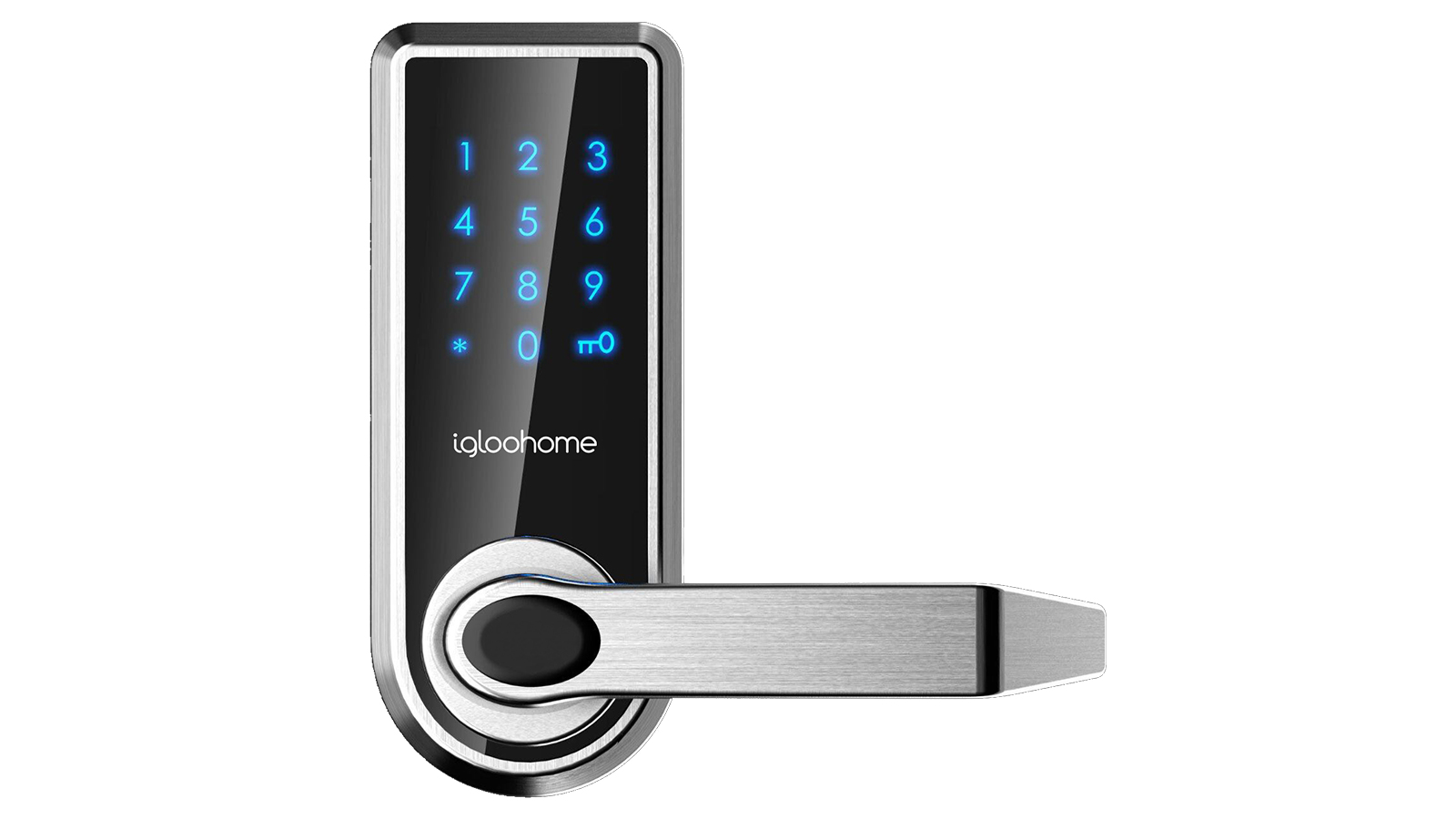
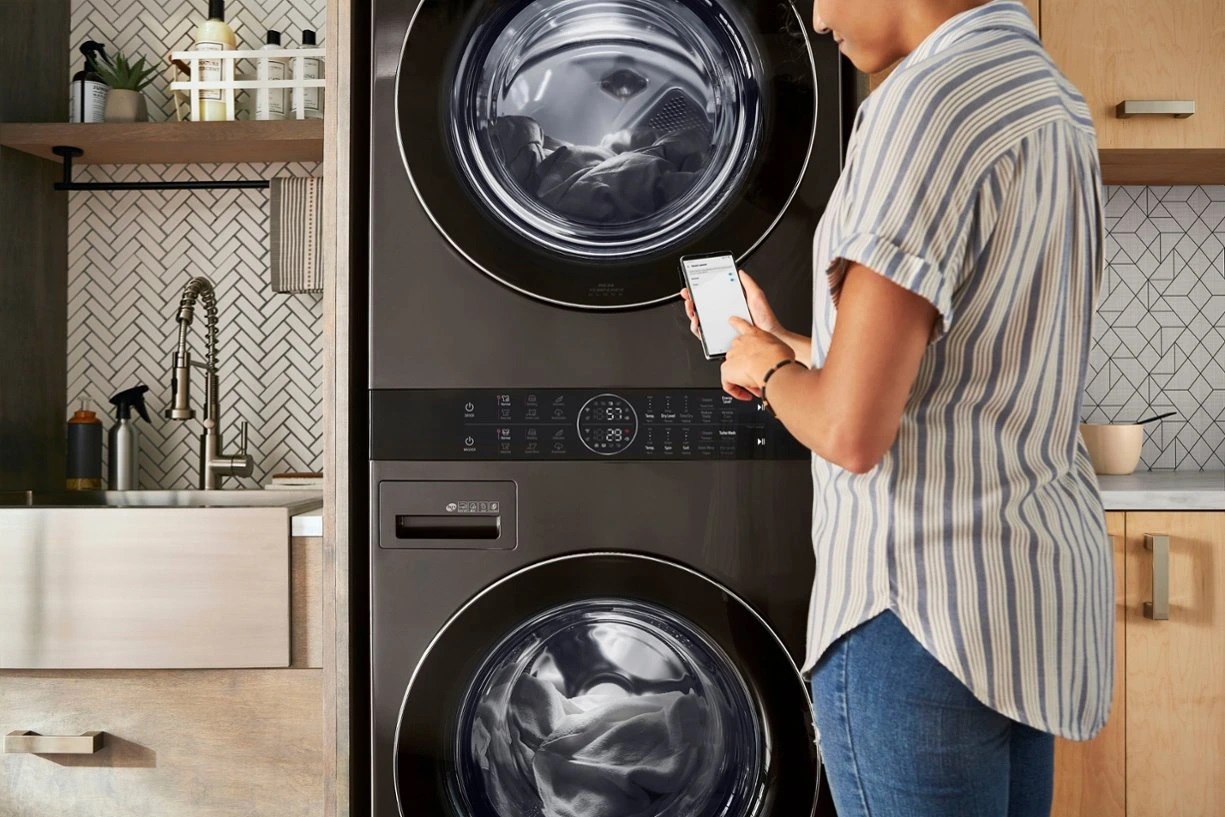
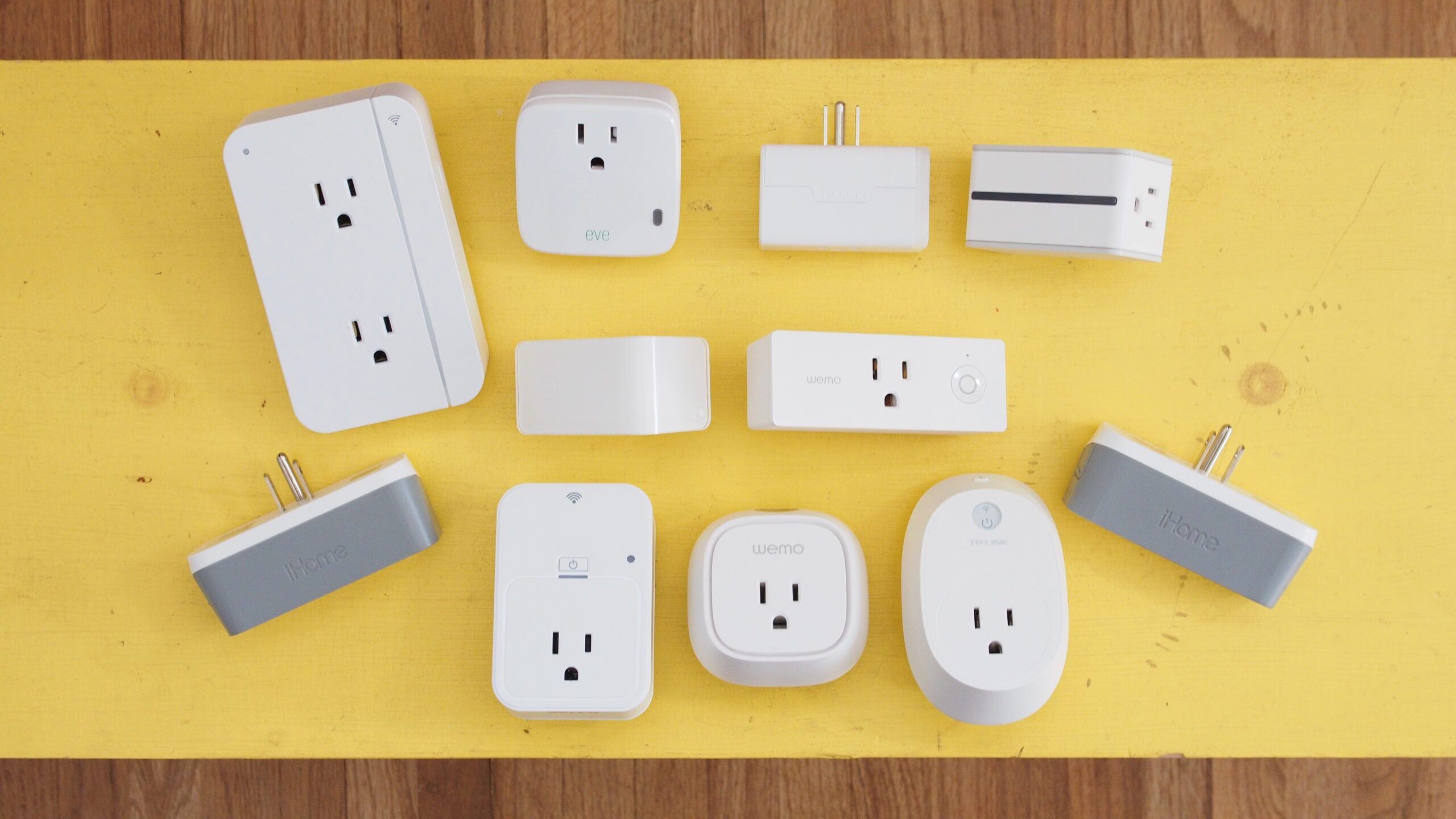
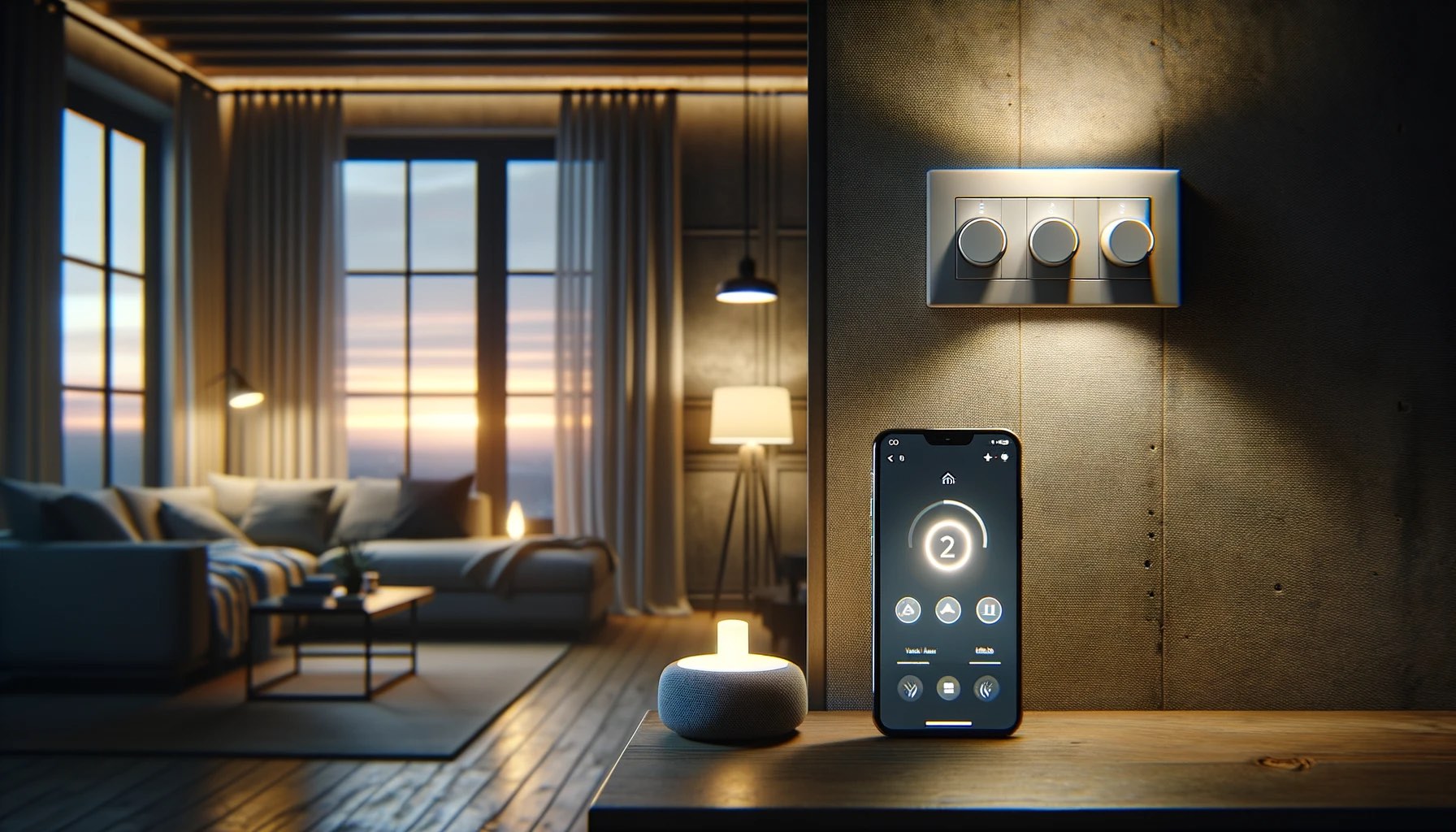
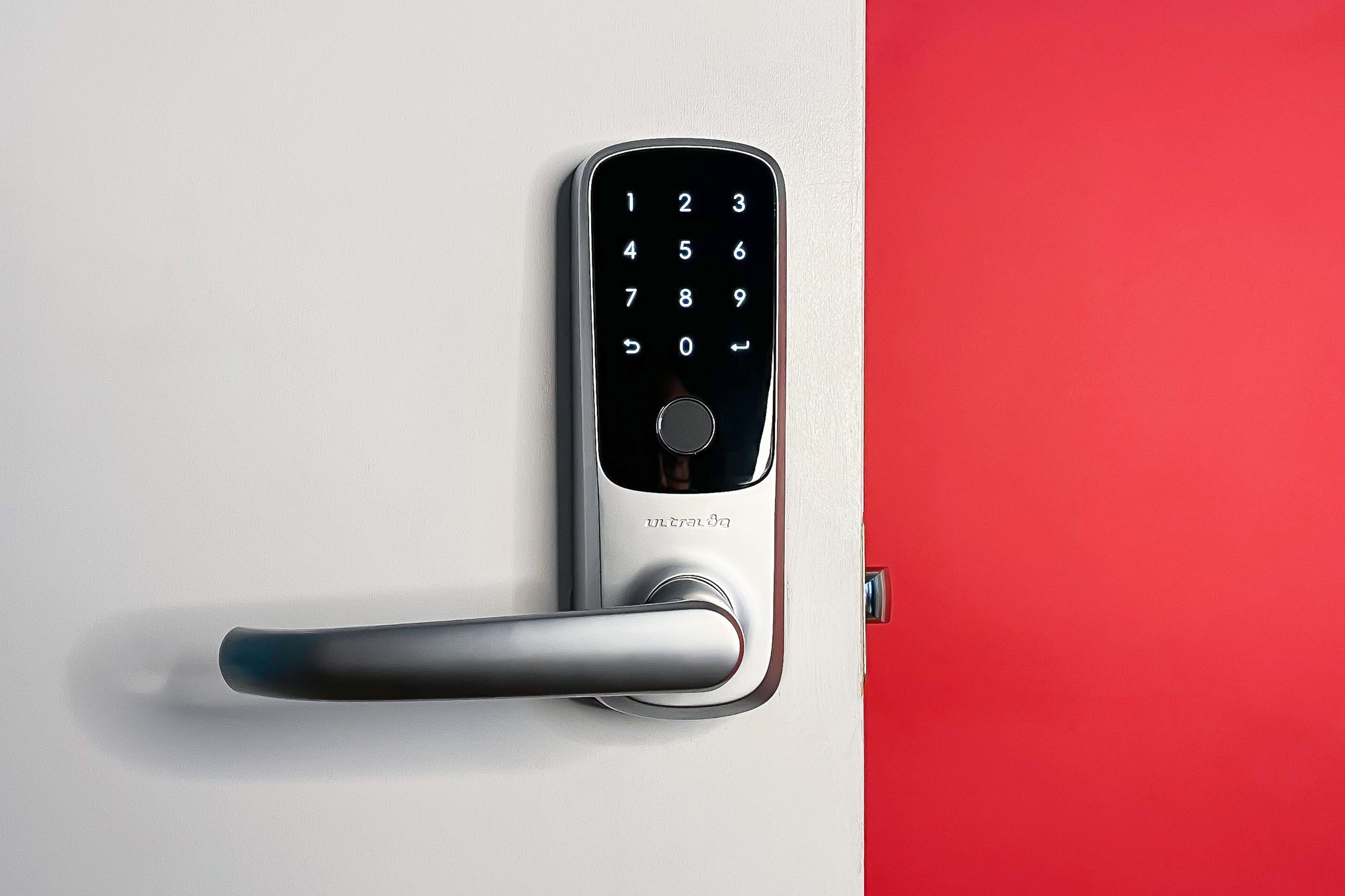
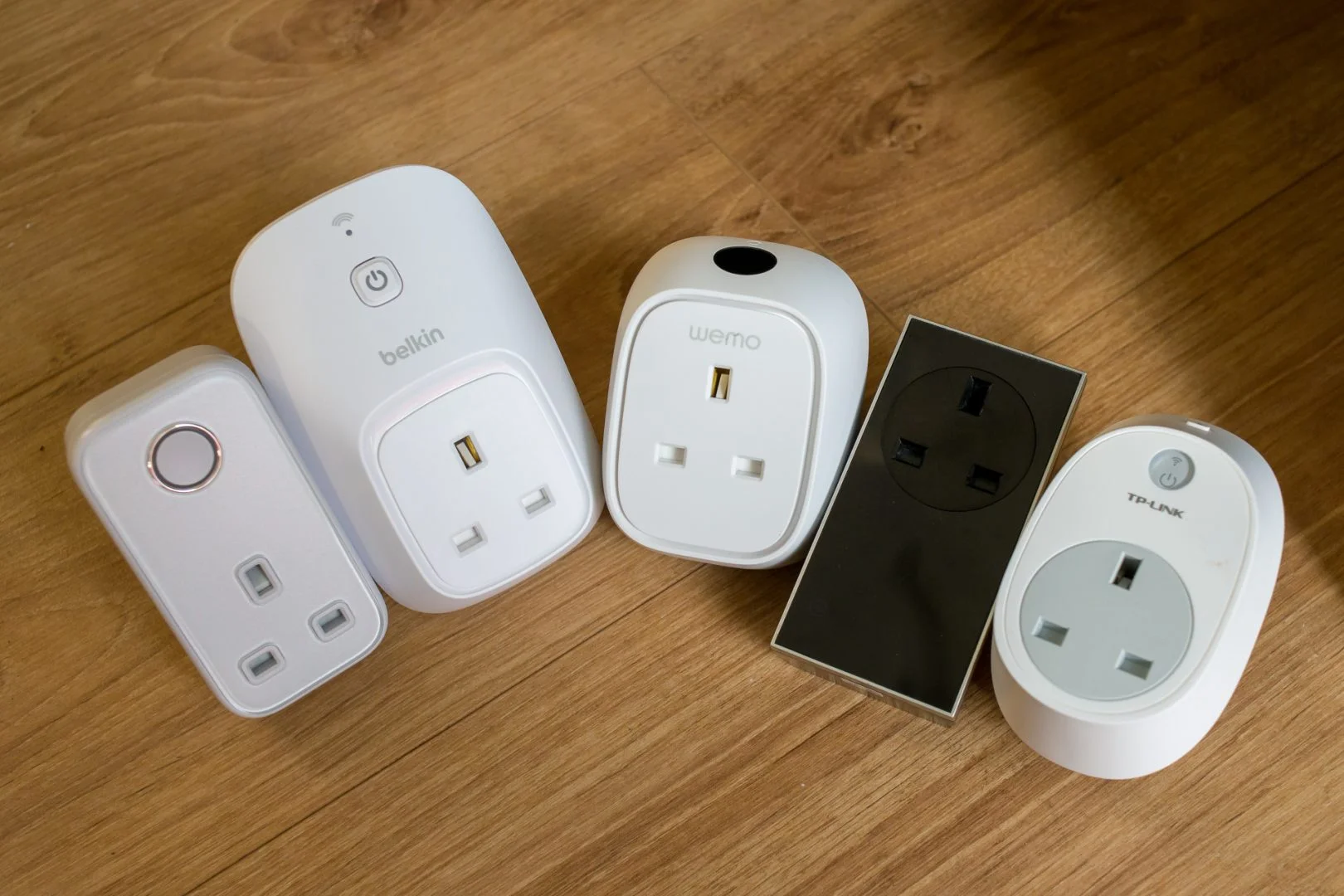
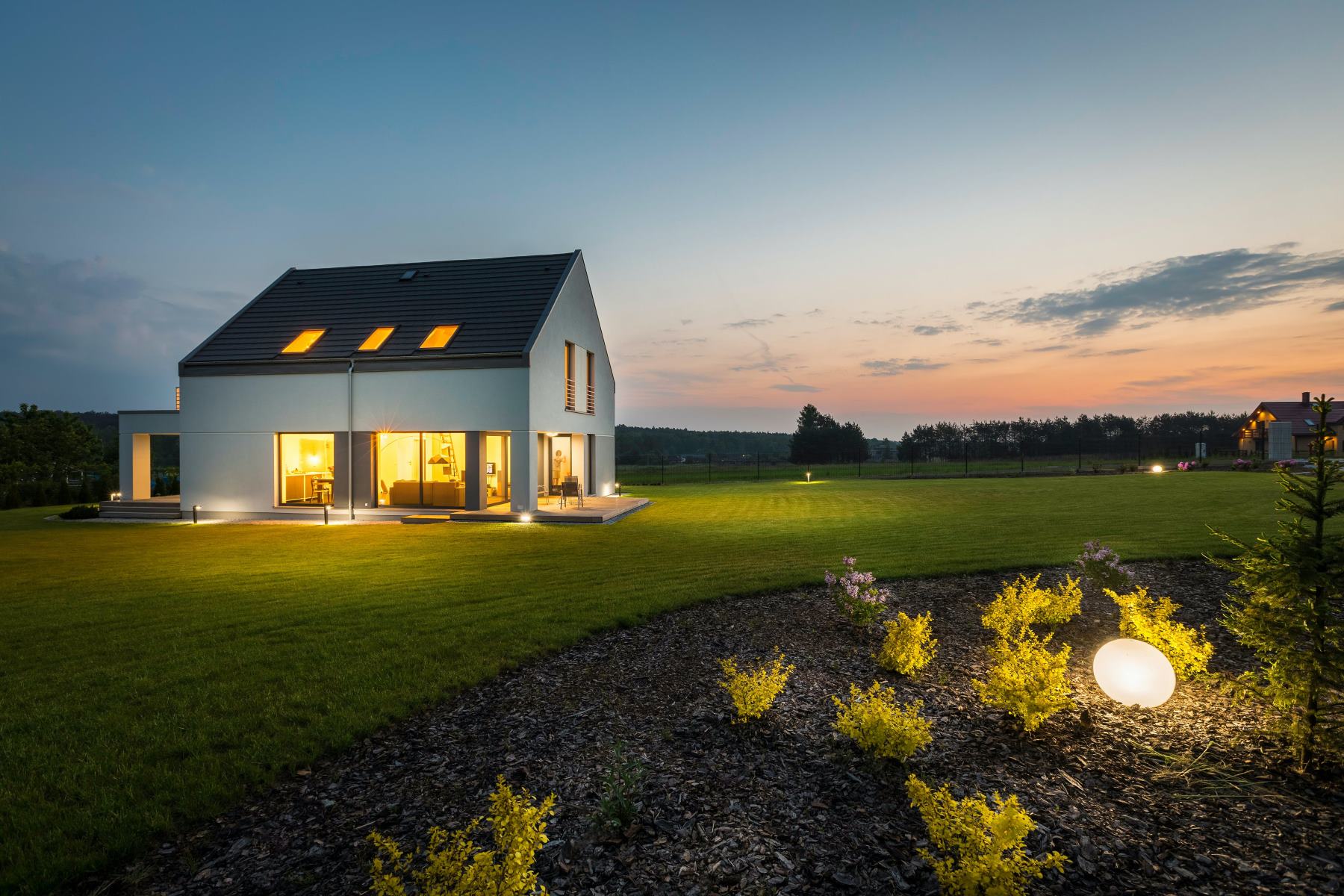
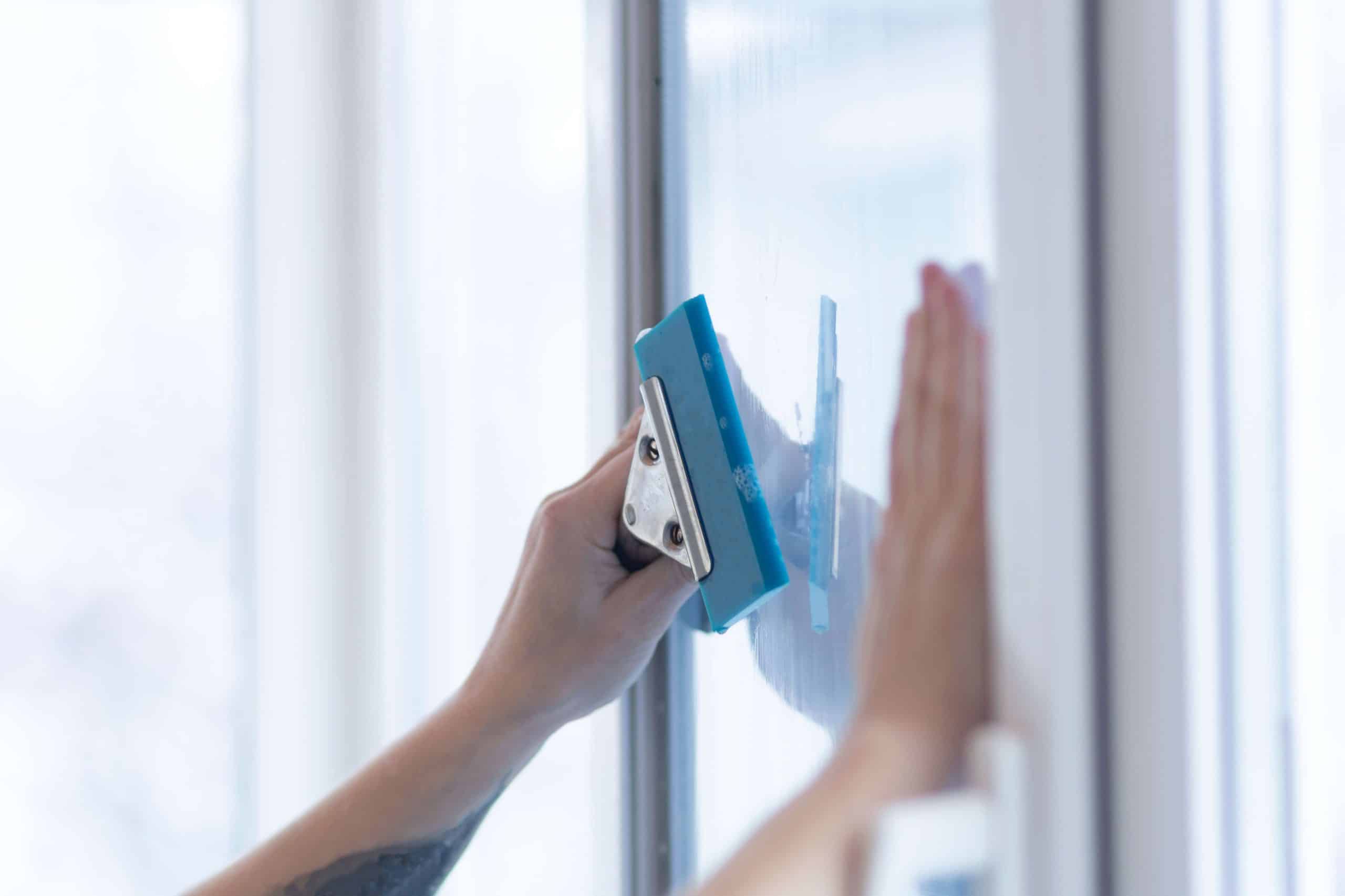
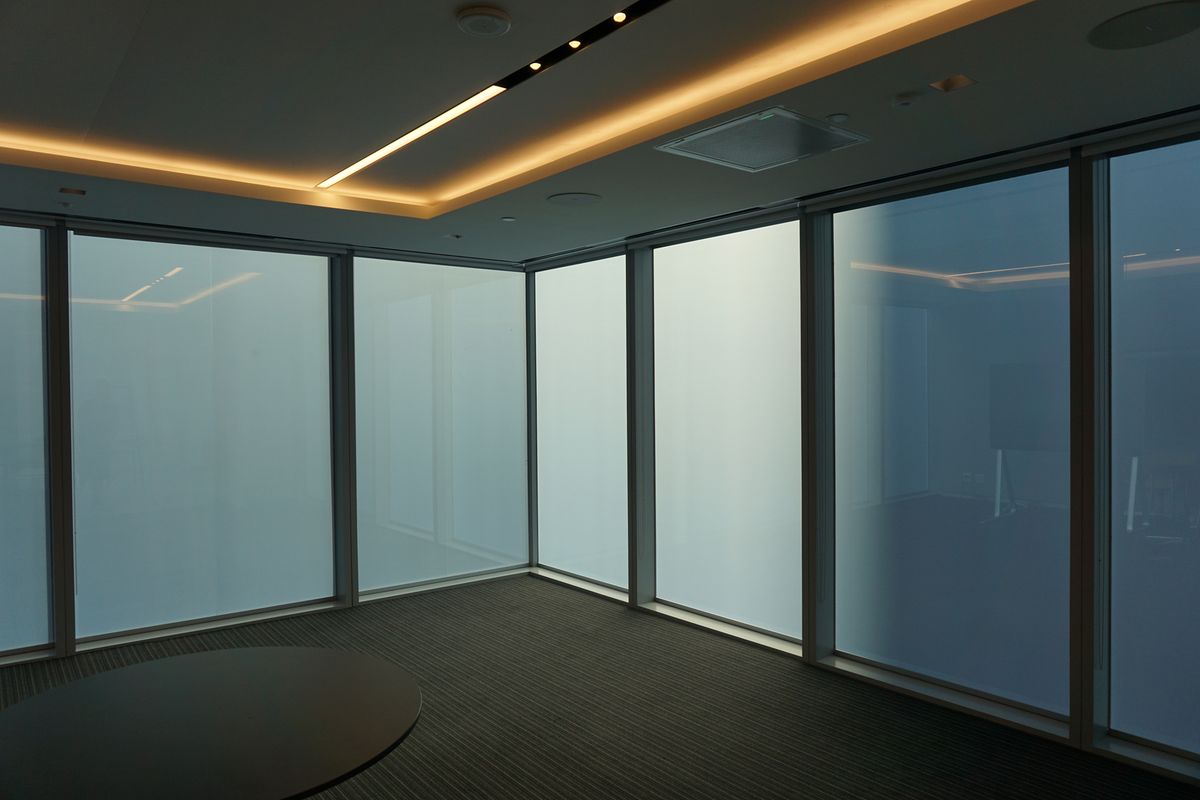
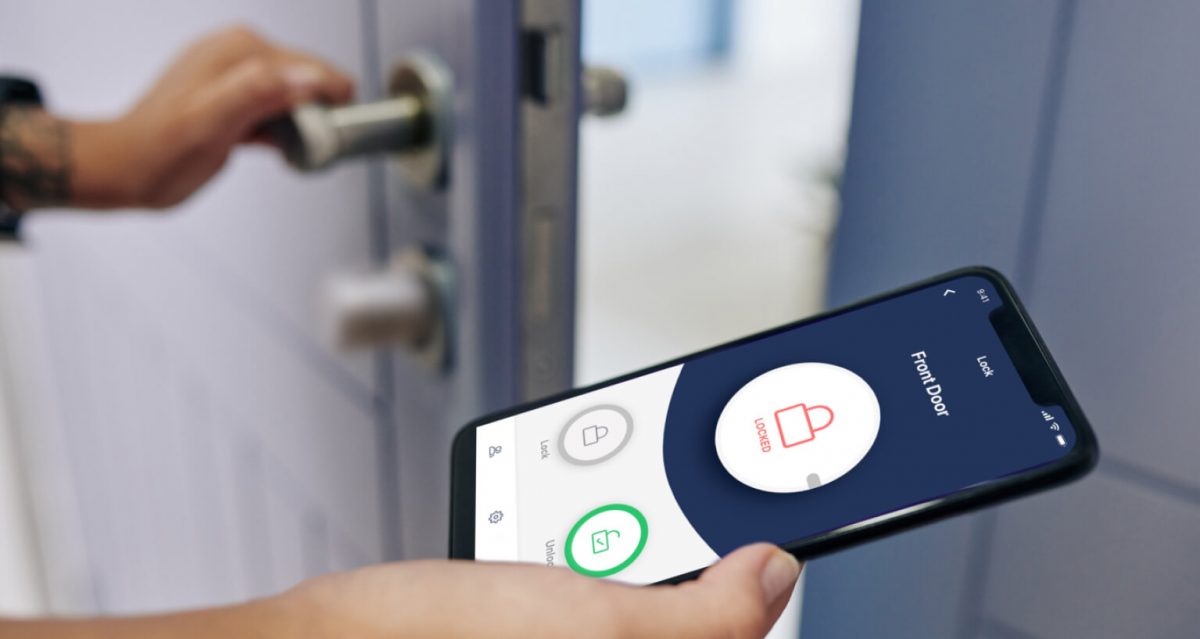

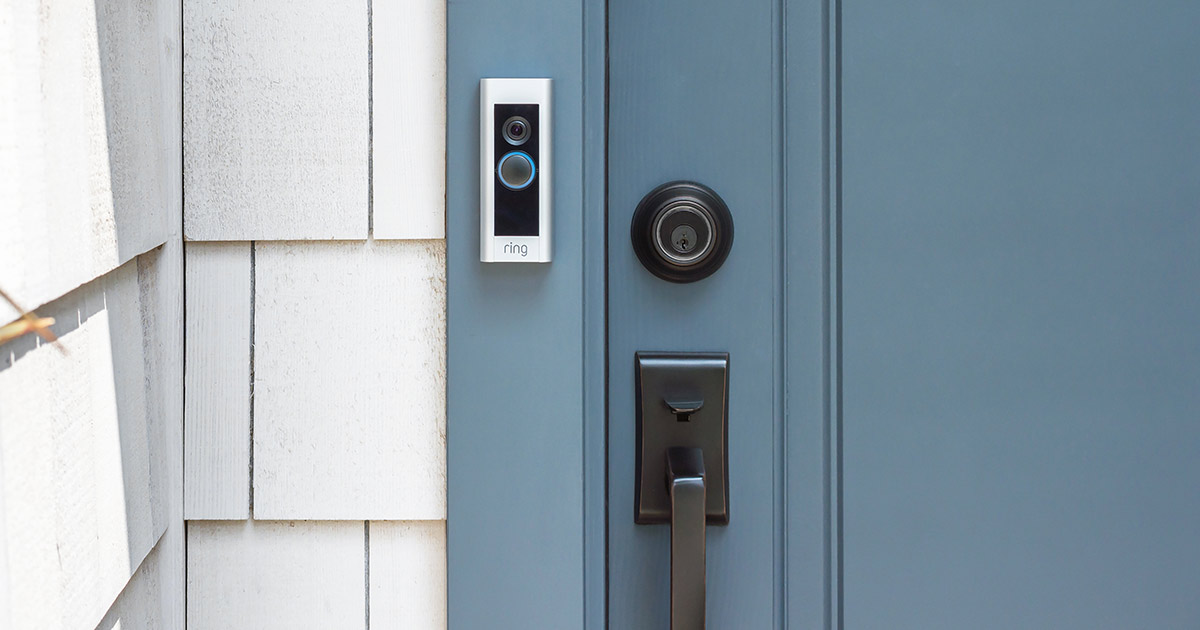

0 thoughts on “What Is Smart Glass”